Screen-Free Activities for 6-Year-Olds on a Rainy Day: 15 Fun Ways to Engage and Stimulate Your Child
By the time children reach age 6, they’re often in their first year of primary school (or close to it) and showing more independence, curiosity, and critical thinking skills. They can read simple words, solve basic math problems, and love exploring new worlds—both real and imaginary. Here’s a comprehensive guide to help you provide stimulating and enjoyable activities for your 6-year-old, even when the weather isn’t cooperating!
1. Developmental Milestones at Age 6
1.1. Motor Skills
-
Gross Motor Skills: Six-year-olds can run faster, jump higher, and are developing better balance (e.g., standing on one foot, hopping without falling). They also have more stamina for physical activities.
-
Fine Motor Skills: They’re refining their pencil grip and can write letters and numbers more clearly. They’re also able to perform tasks such as tying shoelaces or using scissors with greater precision.
1.2. Language and Communication
-
Many 6-year-olds are learning to read simple sentences or short books. They enjoy discussing stories, sharing their opinions, and asking more detailed questions.
-
They appreciate wordplay, jokes, and riddles, and they’re starting to develop a personal sense of humor.
1.3. Social and Emotional Development
-
Children this age are learning to cooperate in groups, follow rules, and negotiate with friends. They can express their feelings more clearly, though big emotions can still overwhelm them.
-
Empathy continues to grow, and they often show genuine concern for others.
2. Types of Play and Their Benefits
2.1. Role Play and Storytelling
Six-year-olds love creating narratives and acting out scenarios. They’re able to structure their play with more detail than younger children.
-
Examples: Playing “teacher” or “doctor,” inventing superhero stories, making up adventures with dolls or action figures.
-
Benefits: Encourages creativity, language skills, and social understanding.
2.2. Physical Activities and Sports Challenges
They’re ready for more complex movement patterns and can handle longer activity sessions.
-
Examples: Relay races in the hallway, hopscotch indoors (using masking tape), basic dance routines, simple yoga poses.
-
Benefits: Boosts coordination, physical fitness, and self-esteem.
2.3. Arts and Crafts
By age 6, children can engage in art projects that are more detailed and require more dexterity.
-
Examples: Painting landscapes, making paper mâché, creating comic strips, sewing simple felt shapes.
-
Benefits: Develops fine motor skills, creative expression, problem-solving, and patience.
2.4. Building and Problem-Solving Games
Six-year-olds can start planning and following multi-step processes.
-
Examples: Lego constructions with specific instructions, puzzle sets of 50–100 pieces, building marble runs, or assembling model kits.
-
Benefits: Enhances logical thinking, spatial reasoning, and perseverance.
2.5. Science and Discovery Activities
Their curiosity about how things work continues to expand.
-
Examples: Simple science experiments (volcano in a cup, creating a mini greenhouse), observing weather changes, exploring magnets, categorizing household objects.
-
Benefits: Fosters investigation, critical thinking, and a love of learning.
2.6. Educational Games
At this age, children often enjoy academic challenges—if they’re playful and engaging.
-
Examples: Simple word searches, reading short storybooks out loud, basic math puzzles (addition, subtraction), scavenger hunts with clue-based riddles.
-
Benefits: Reinforces reading, writing, math skills, and builds confidence in school-related tasks.
3. Practical Rainy-Day Activity Ideas for 6-Year-Olds
3.1. Home Library Adventure
-
Materials: Gather a variety of age-appropriate books, cozy blankets, cushions.
-
Setup: Create a “reading nook” with pillows and blankets. Encourage your child to pick out a few books and read together or independently.
-
Variation: Have them design their own “library card” and check out books to family members.
-
Benefits: Improves reading comprehension, fosters a love of books, and encourages peaceful, independent time.
3.2. Indoor Scavenger Hunt
-
Materials: Small objects or pictures hidden around the house, a list of clues.
-
Setup: Write or illustrate simple clues that lead your child from one spot to another.
-
Variation: For reading practice, include simple sentences describing each clue (e.g., “Look under the sofa for something blue”).
-
Benefits: Develops reading skills, problem-solving, and spatial awareness.
3.3. DIY Board Game
-
Materials: Poster board, markers, dice, small game pieces.
-
Setup: Work together to create a path with various “action squares” (“Move ahead 2 spaces,” “Lose a turn,” “Pick a card”). Let them invent characters or a storyline.
-
Variation: Make “question cards” where the child must answer a simple math, spelling, or trivia question.
-
Benefits: Enhances creativity, cooperation, and basic academic skills.
3.4. Kitchen Science
-
Materials: Common household items (vinegar, baking soda, food coloring, etc.).
-
Setup: Perform a simple experiment, like creating a baking soda and vinegar volcano in a bowl.
-
Variation: Add food coloring to see the “lava” in different colors, or use dish soap to create foam.
-
Benefits: Encourages scientific inquiry, curiosity, and hands-on learning.
3.5. Puppets and Play Scripts
-
Materials: Old socks, paper bags, or cardboard cut-outs for puppets, crayons, markers, glue.
-
Setup: Have your child decorate the puppets and write a short script (or dictate it while you write), then put on a show.
-
Variation: Use a makeshift stage from a large box or a table covered by a sheet.
-
Benefits: Develops storytelling, creative thinking, and language skills.
3.6. Music and Movement Games
-
Materials: Children’s songs, a device to play music.
-
Setup: Encourage your child to create dance routines or play musical chairs with family members.
-
Variation: Introduce freeze dance: when the music stops, everyone must freeze.
-
Benefits: Improves coordination, rhythm, and listening skills, plus burns off energy.
4. Tips for Parents and Adaptations
-
Foster Independence: Six-year-olds often enjoy taking the lead in planning or setting up games. Let them make decisions and offer help only when needed.
-
Be Encouraging: Celebrate their successes—big or small. A little positive feedback can go a long way in boosting their confidence.
-
Balance Quiet and Active Play: Alternate between more energetic activities (dancing, relay races) and calmer ones (reading, crafting) to help them manage their energy.
-
Set Clear Expectations: If certain tasks (like cleaning up) must be done before starting a new activity, state these rules clearly.
-
Stay Flexible: If your child isn’t interested in one activity, try something else and come back to it another time.
5. Conclusion: Learning Through Fun
At 6, children thrive on a balance of creativity, physical activity, and new challenges. By offering a range of screen-free, rainy-day activities, you’ll foster their growing independence, intellectual curiosity, and social-emotional skills. Whether it’s reading in a cozy nook, crafting, or engineering an epic Lego tower, these shared moments not only keep them occupied but also nurture their development and strengthen your bond. Enjoy discovering all that your imaginative, energetic 6-year-old can do!

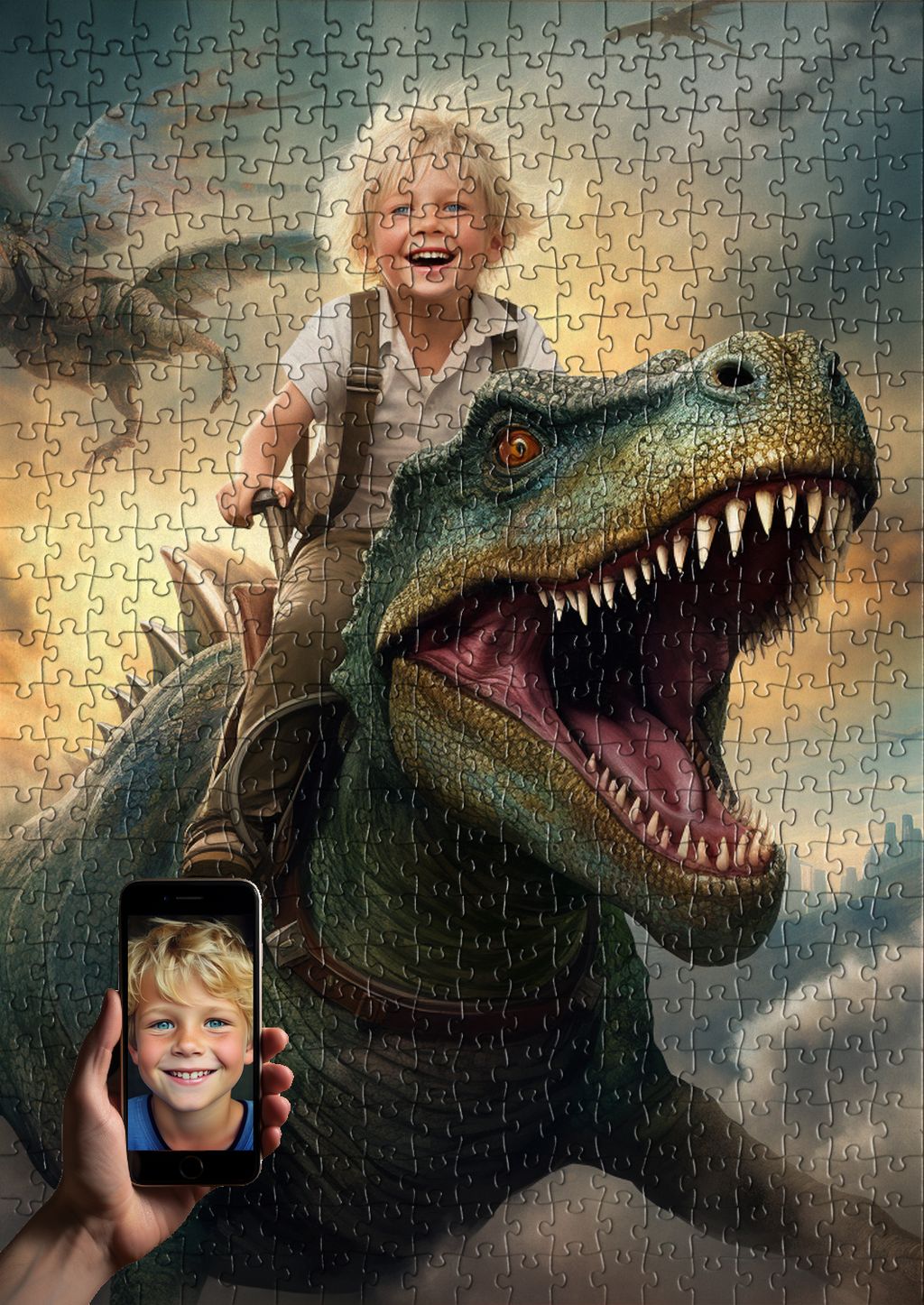


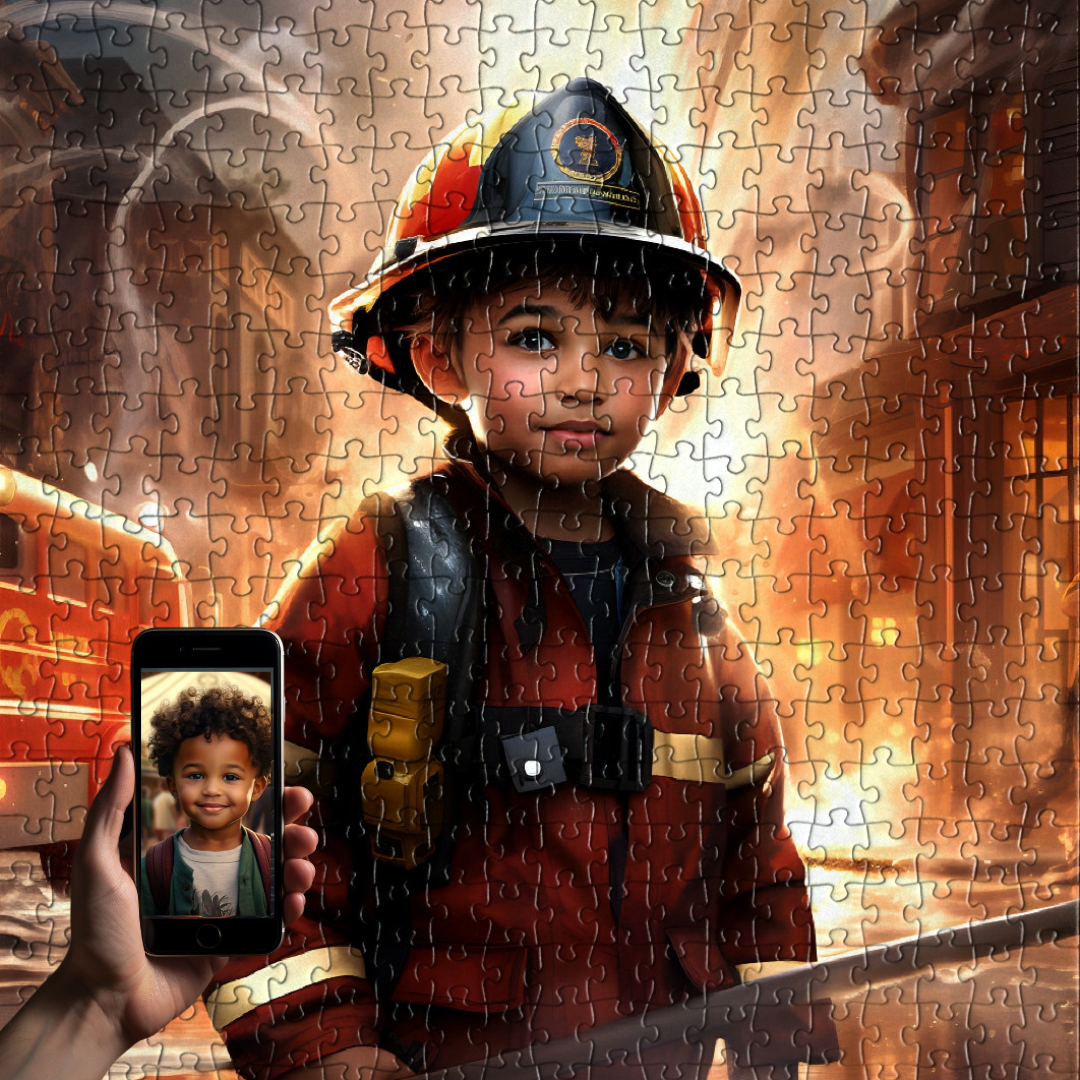




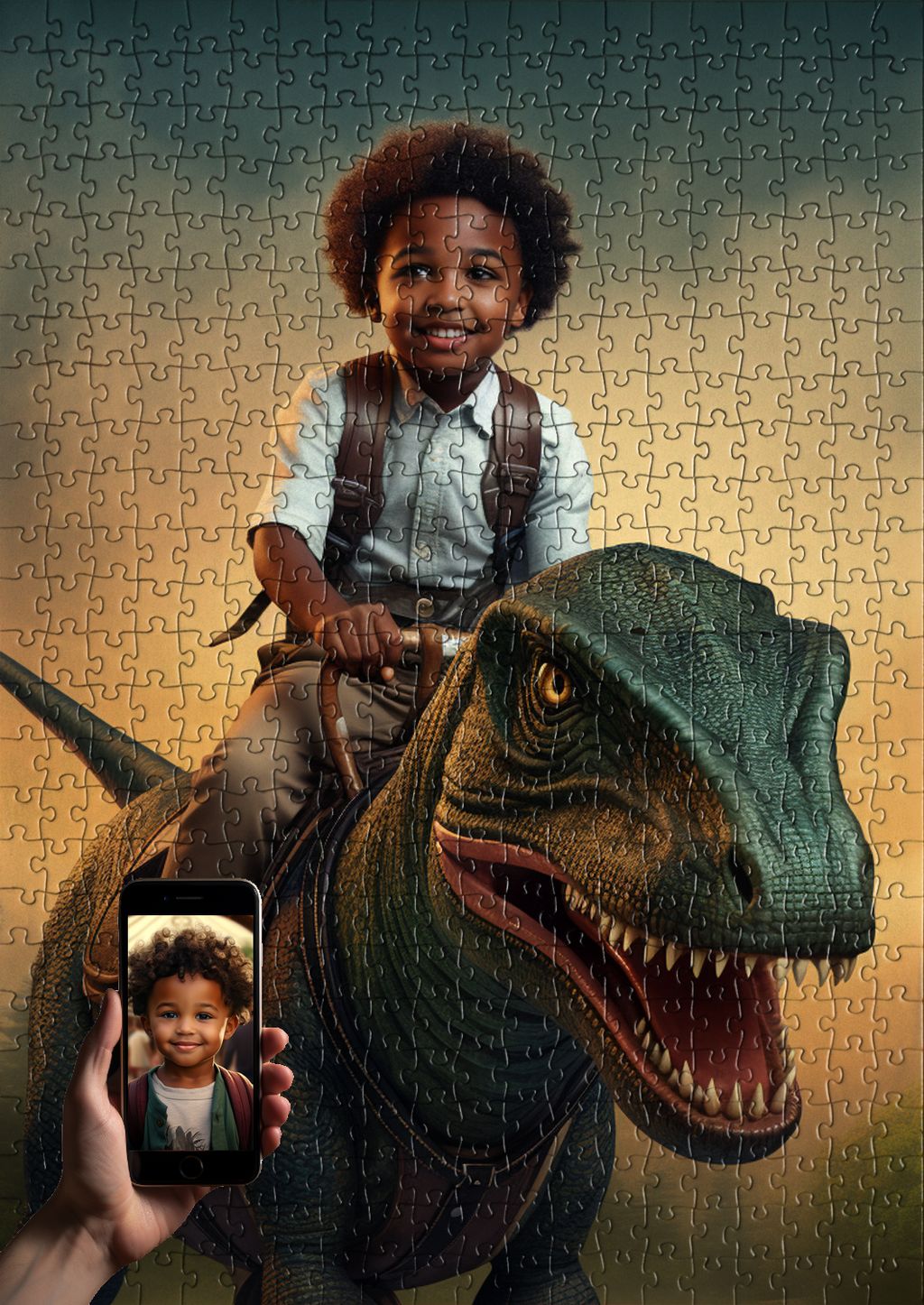




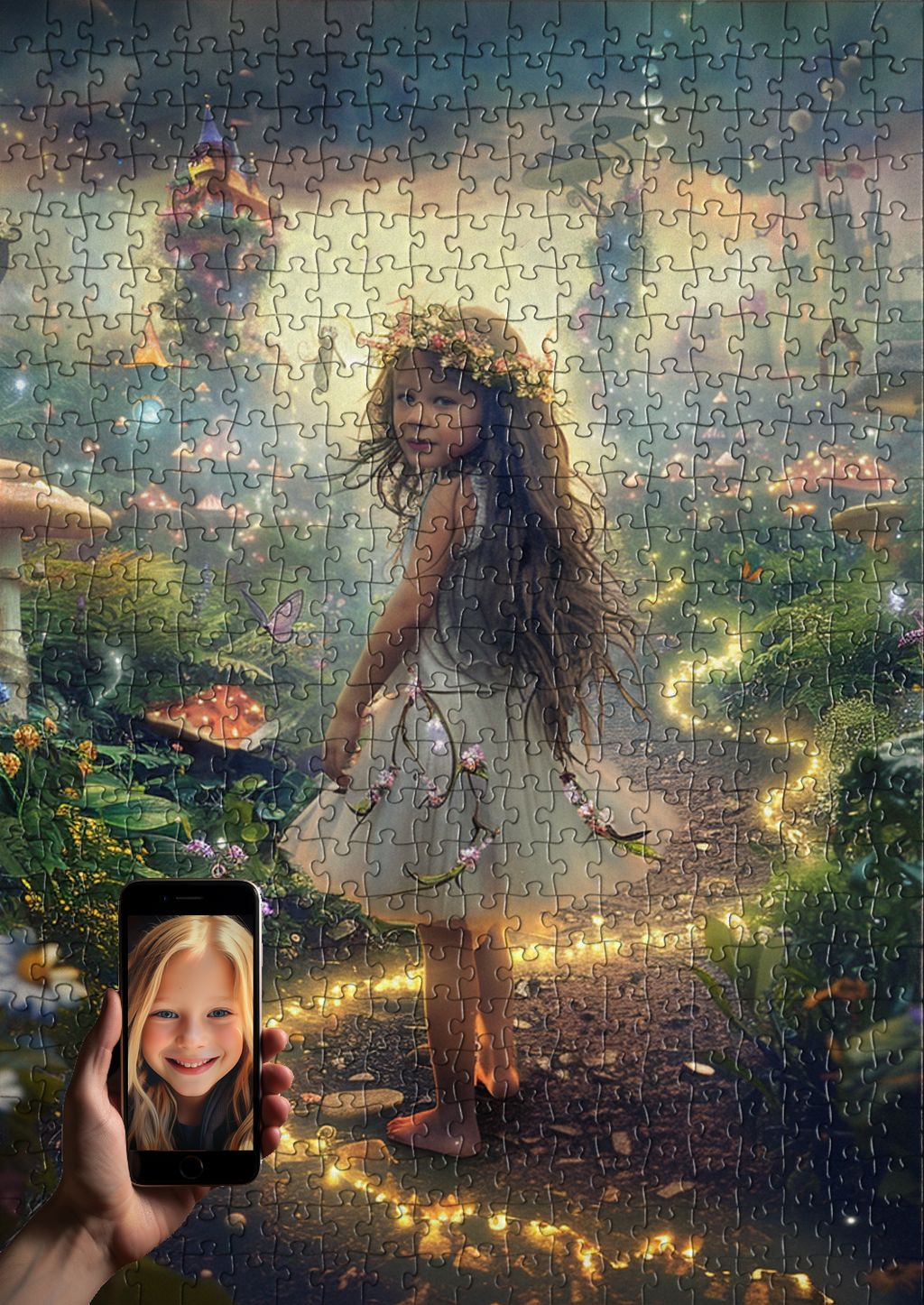
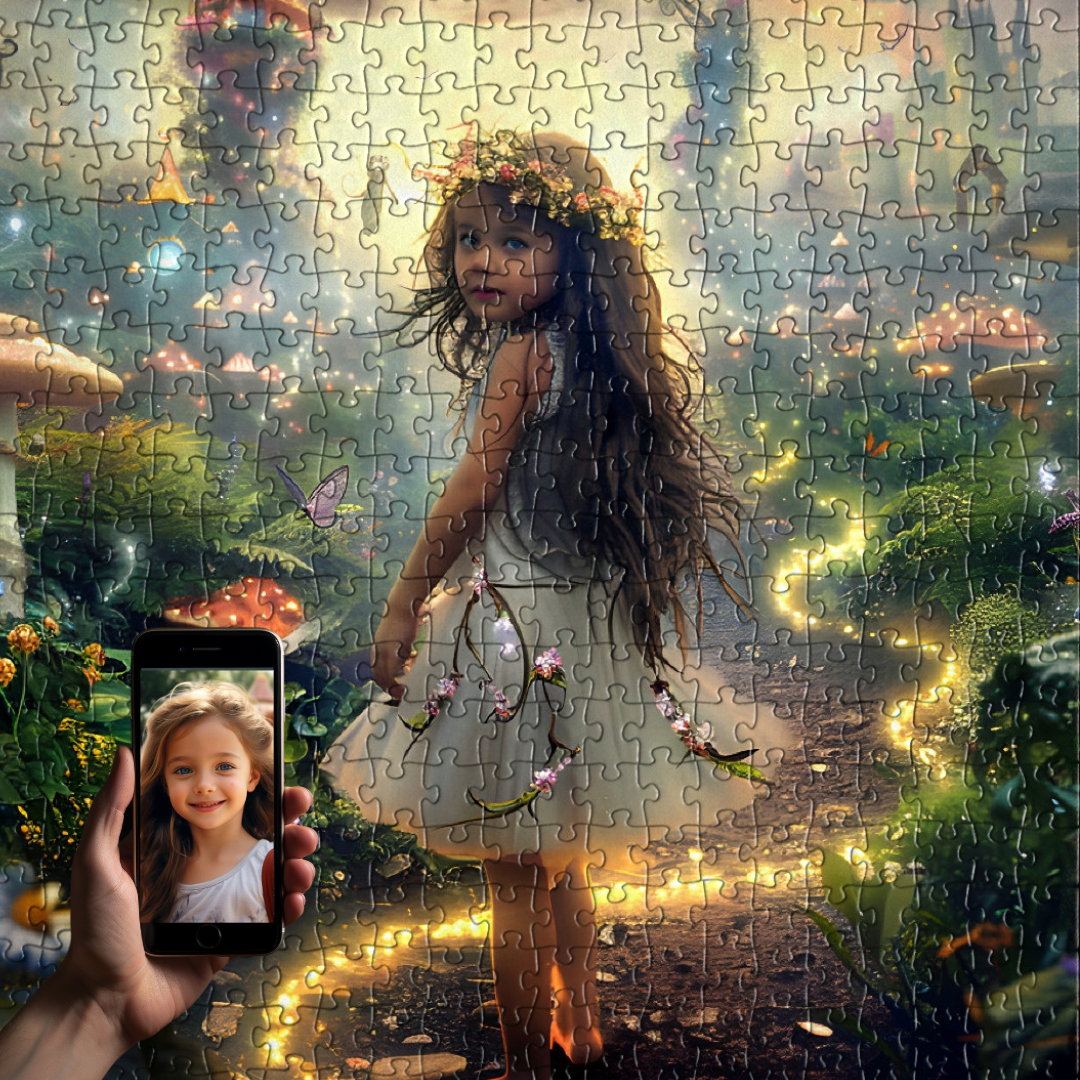
Share and get 15% off!
Simply share this product on one of the following social networks and you will unlock 15% off!